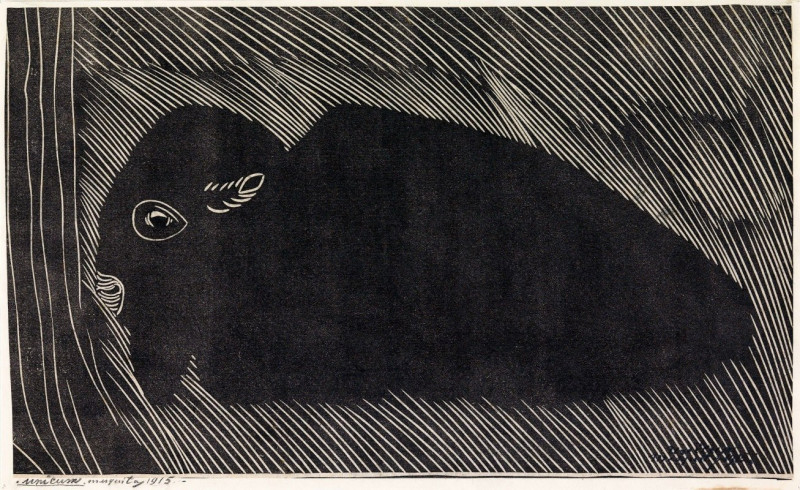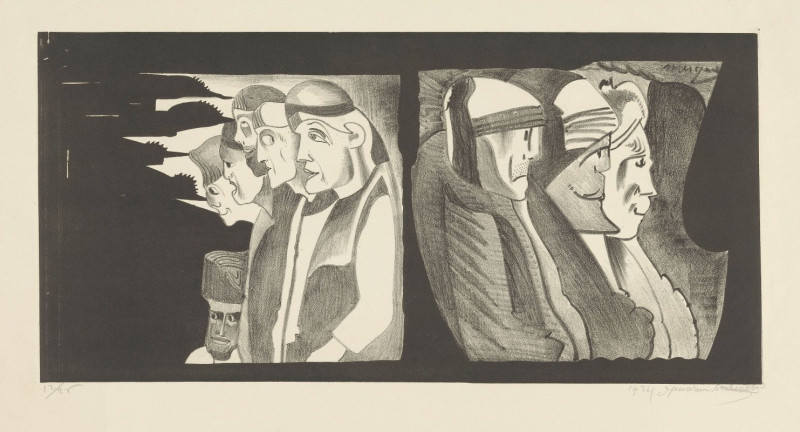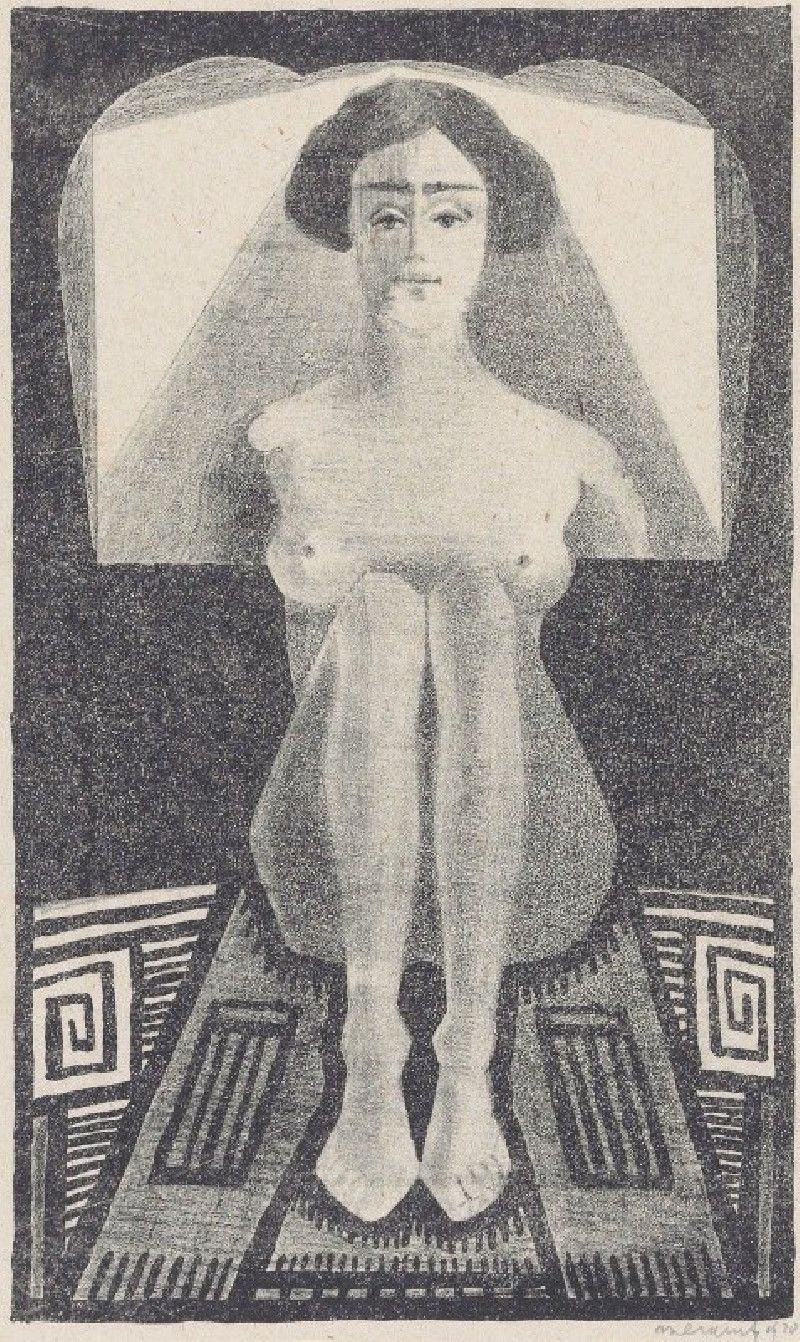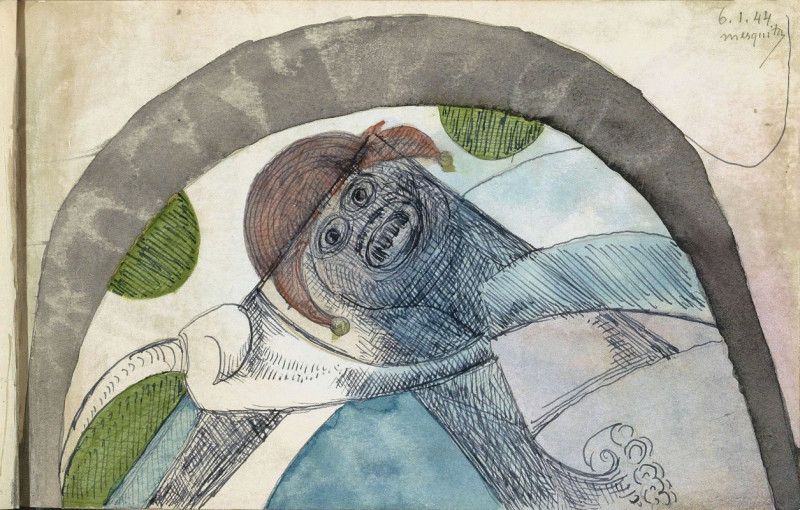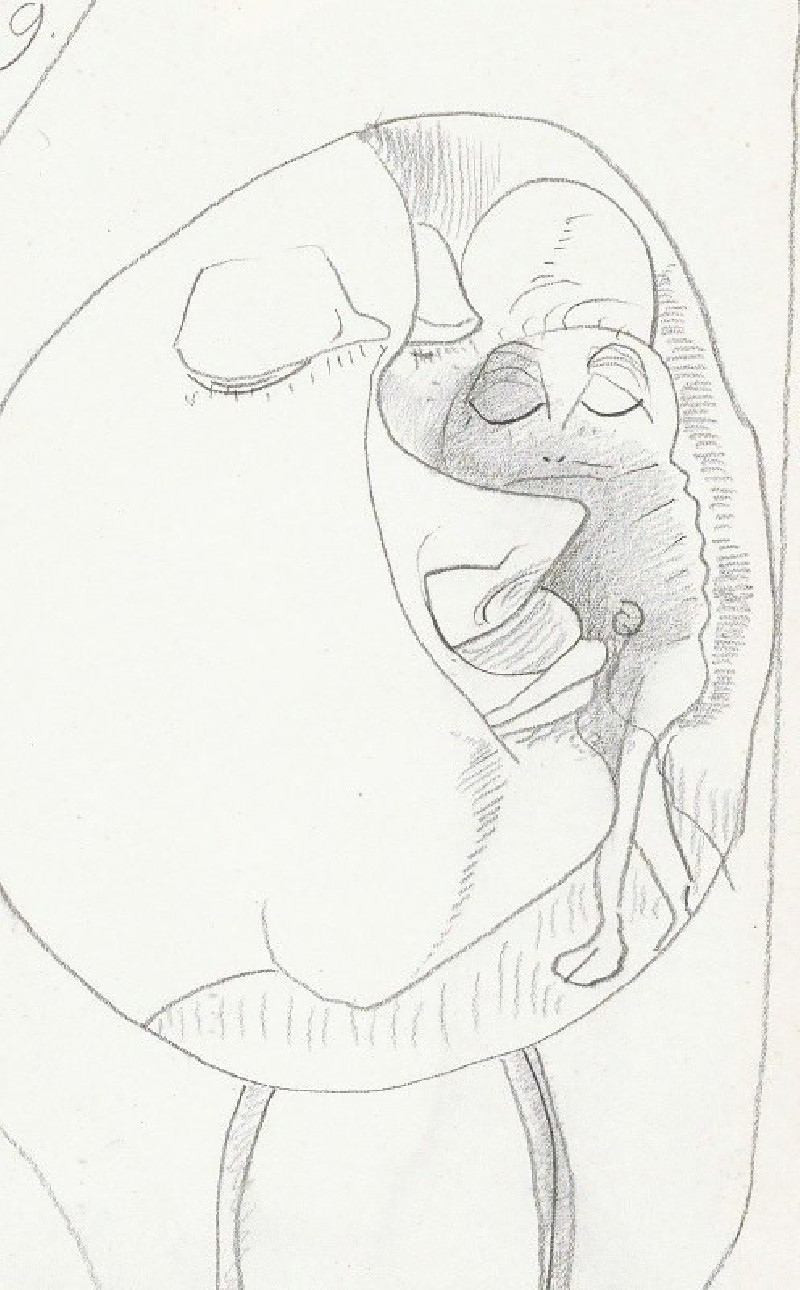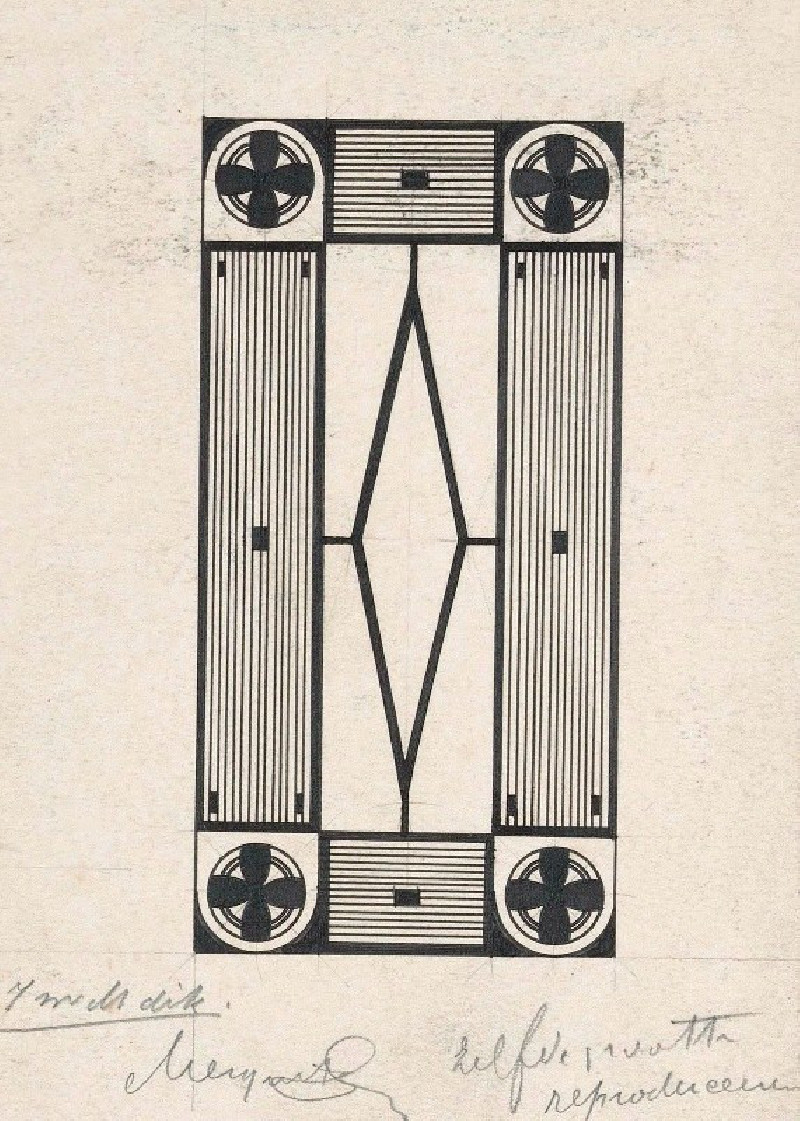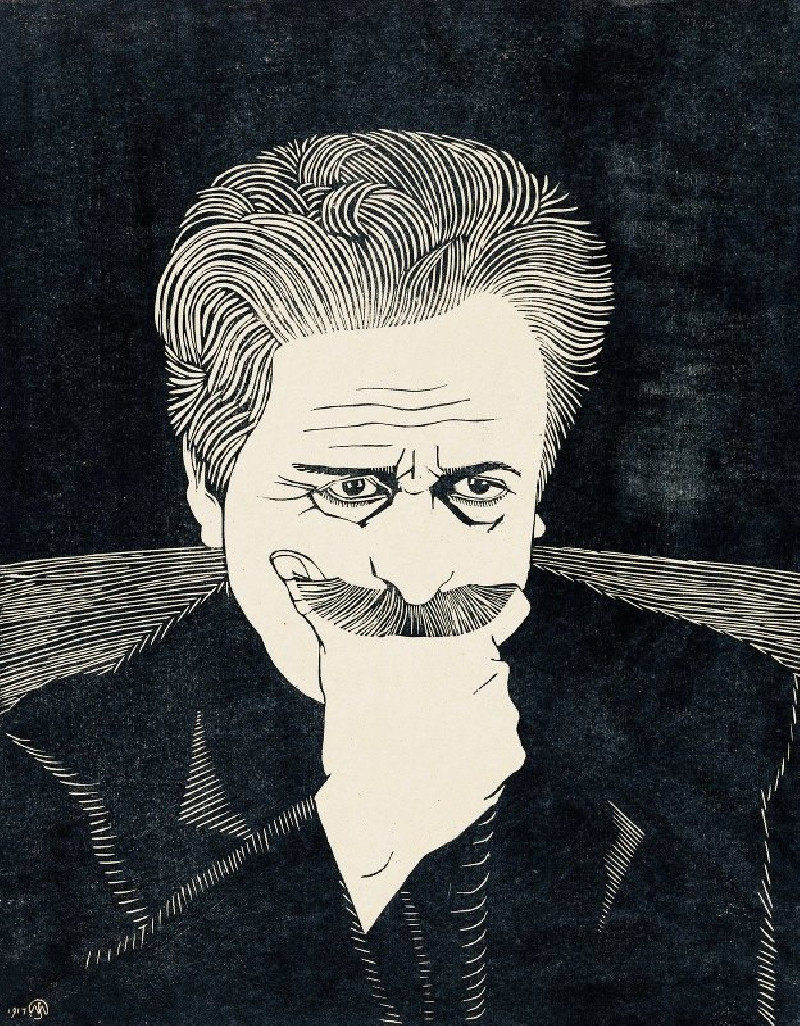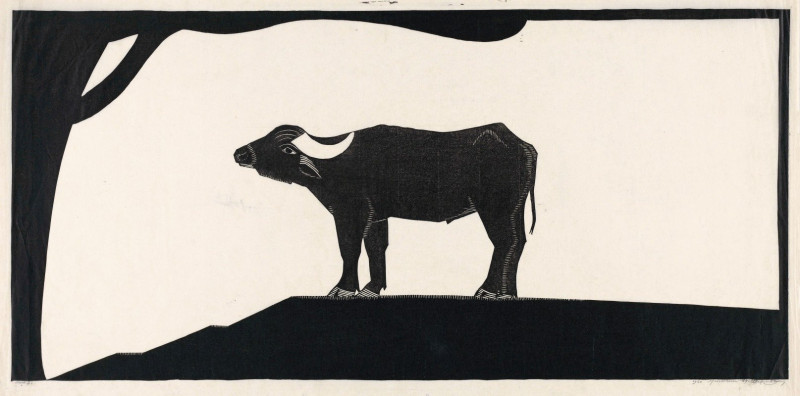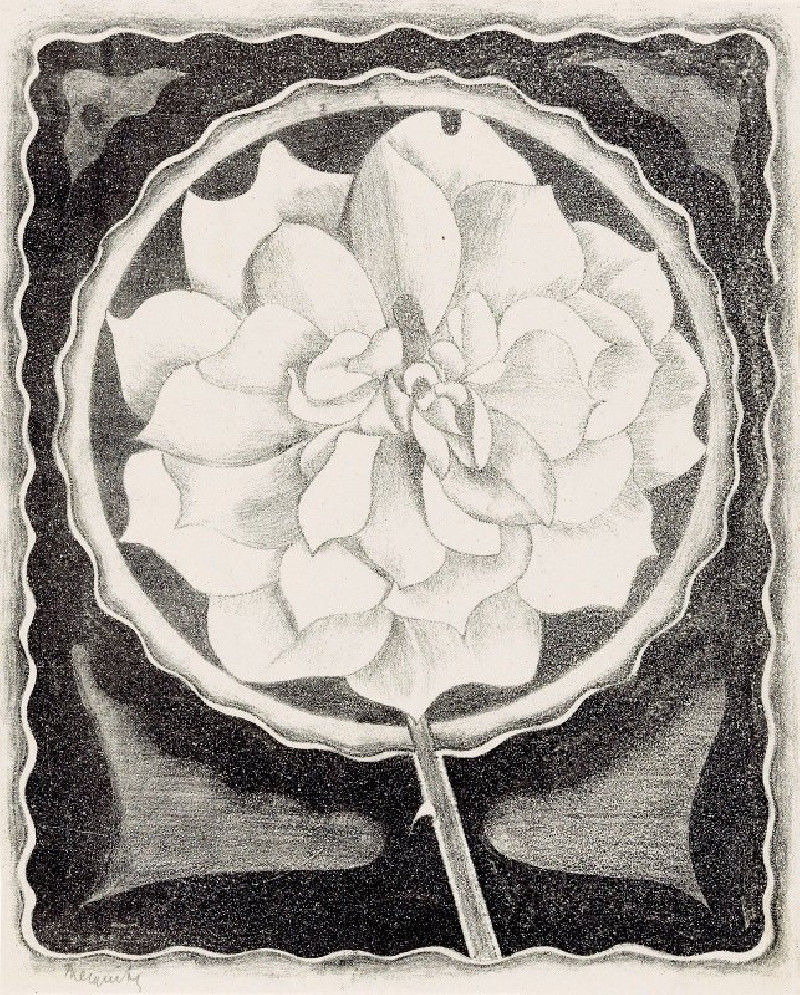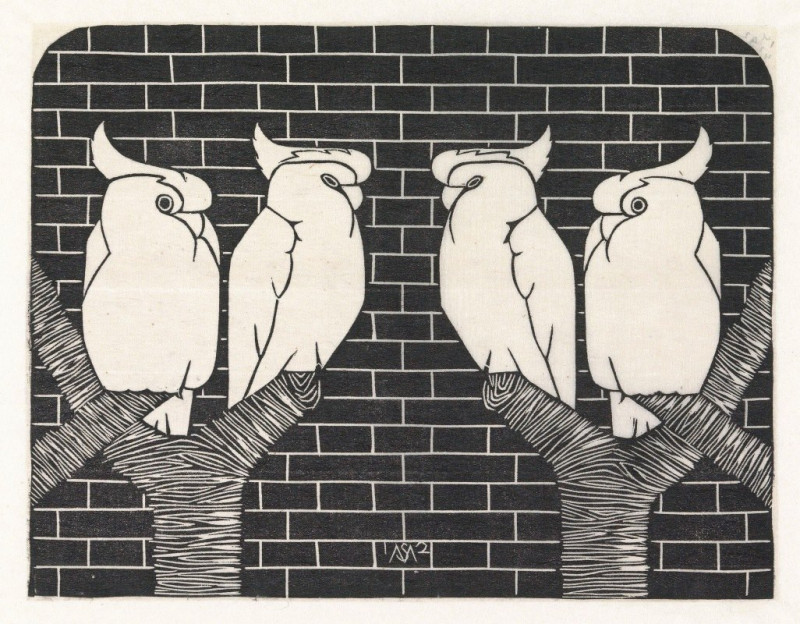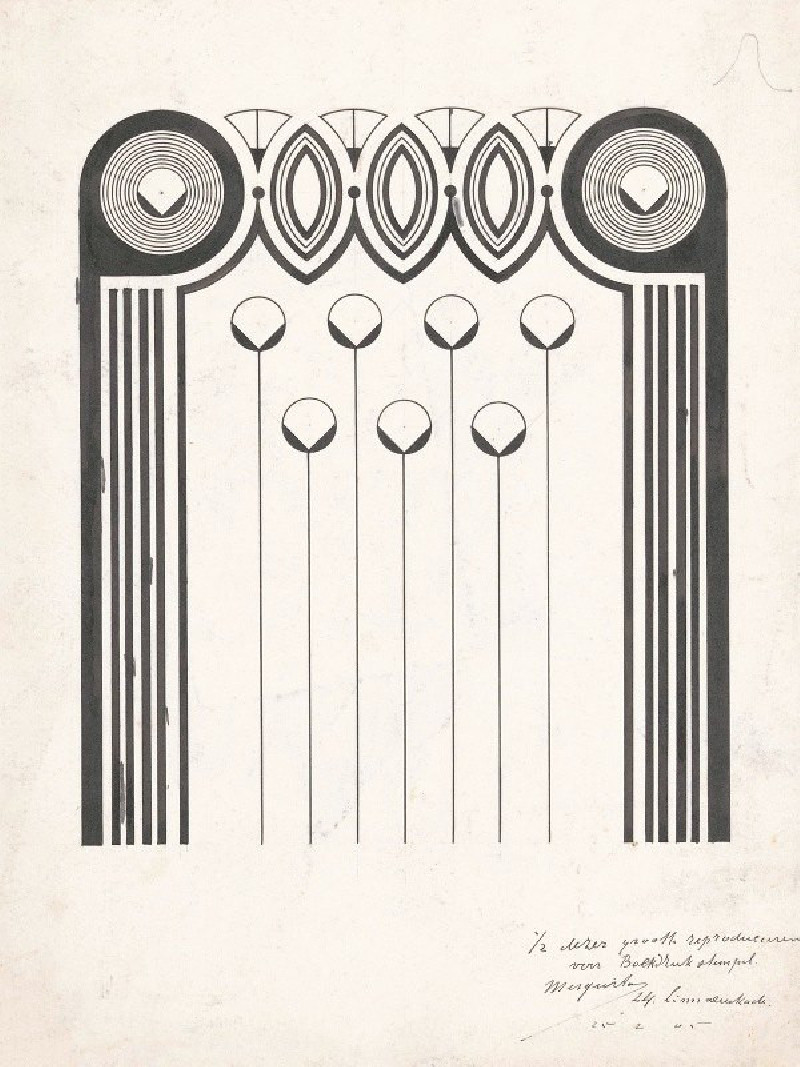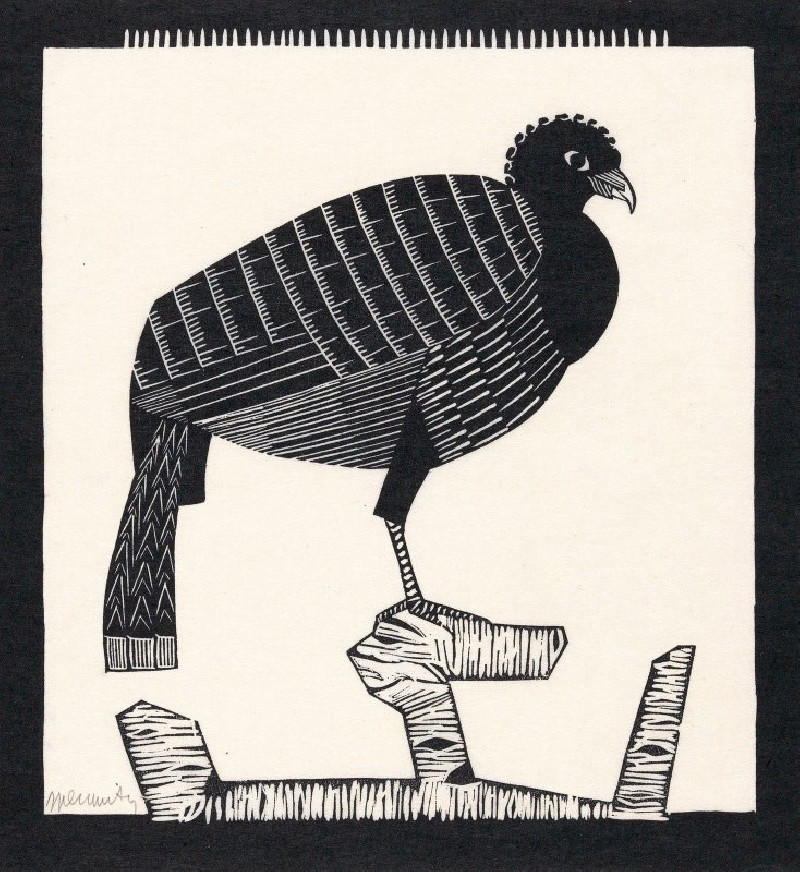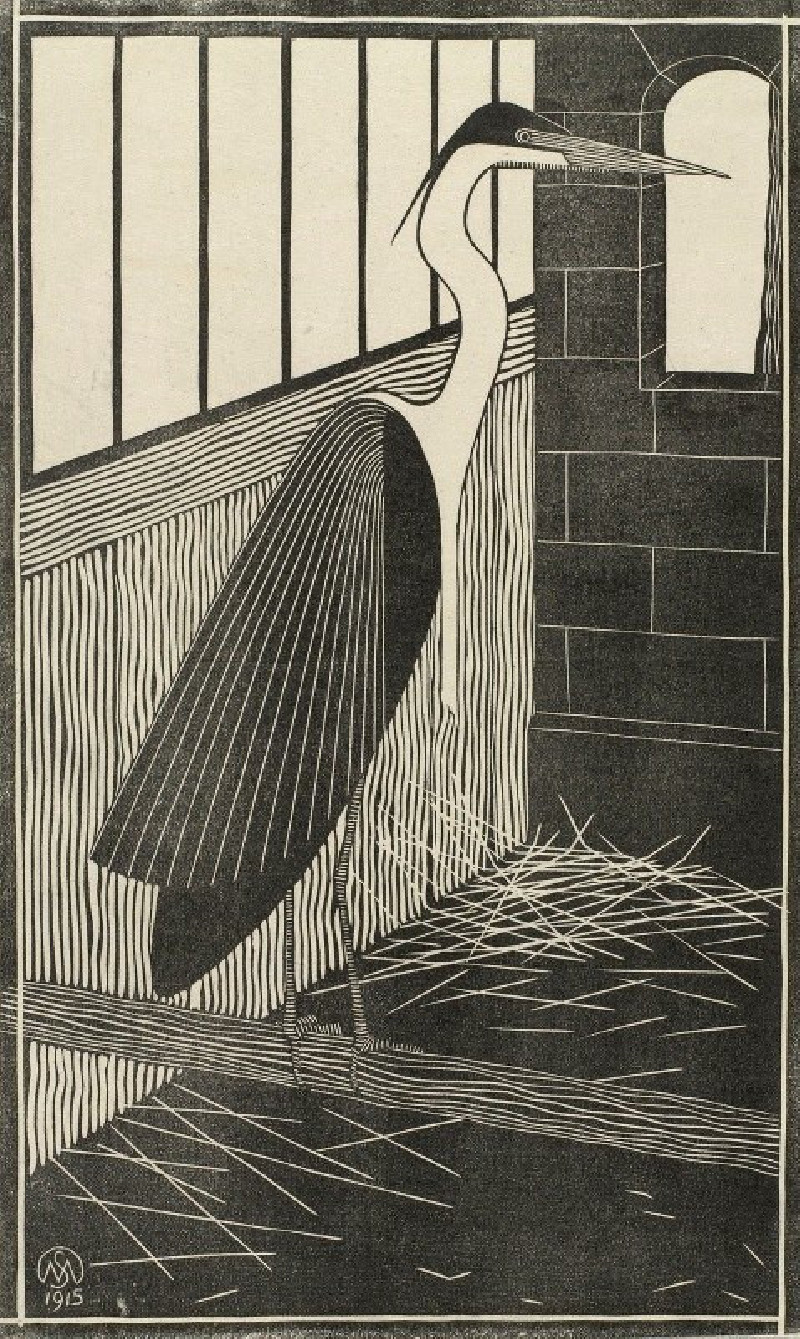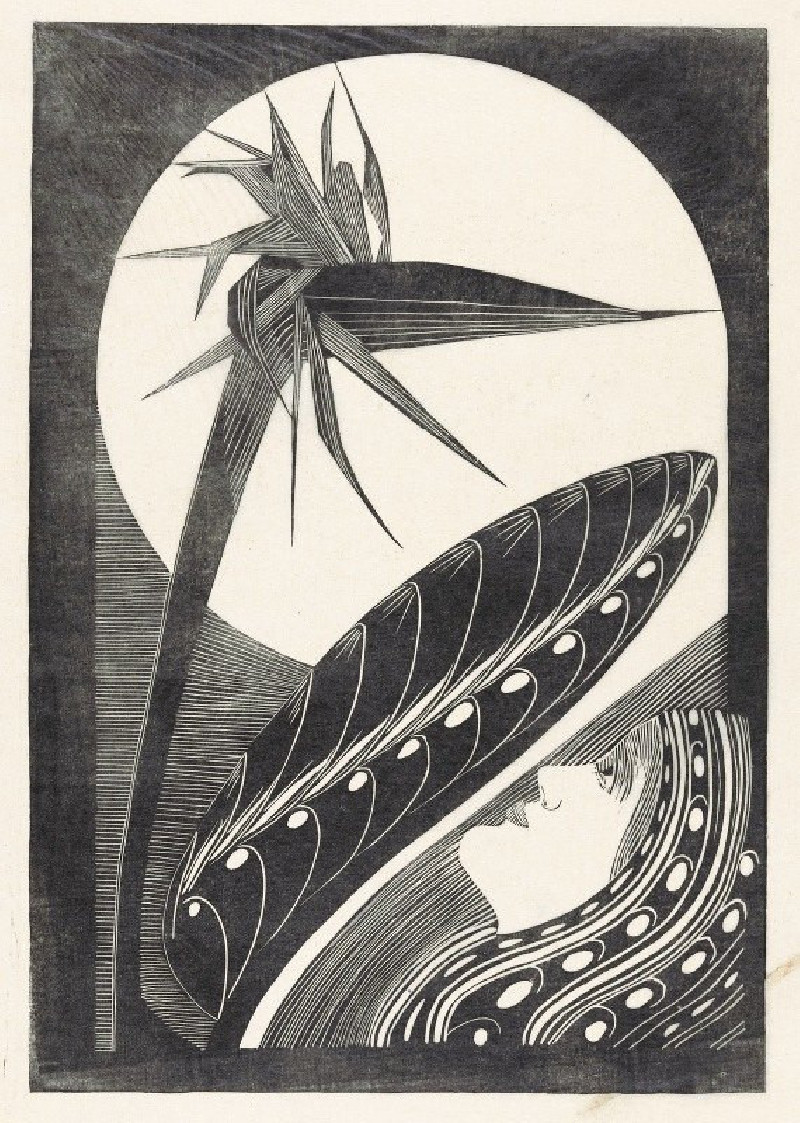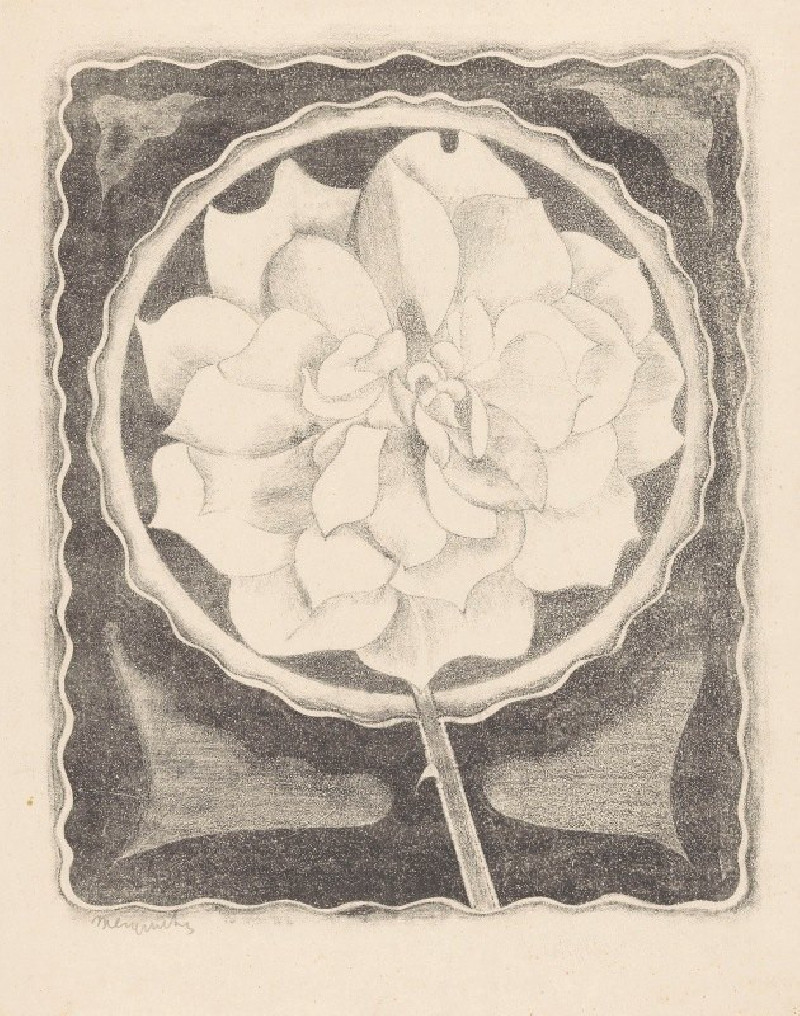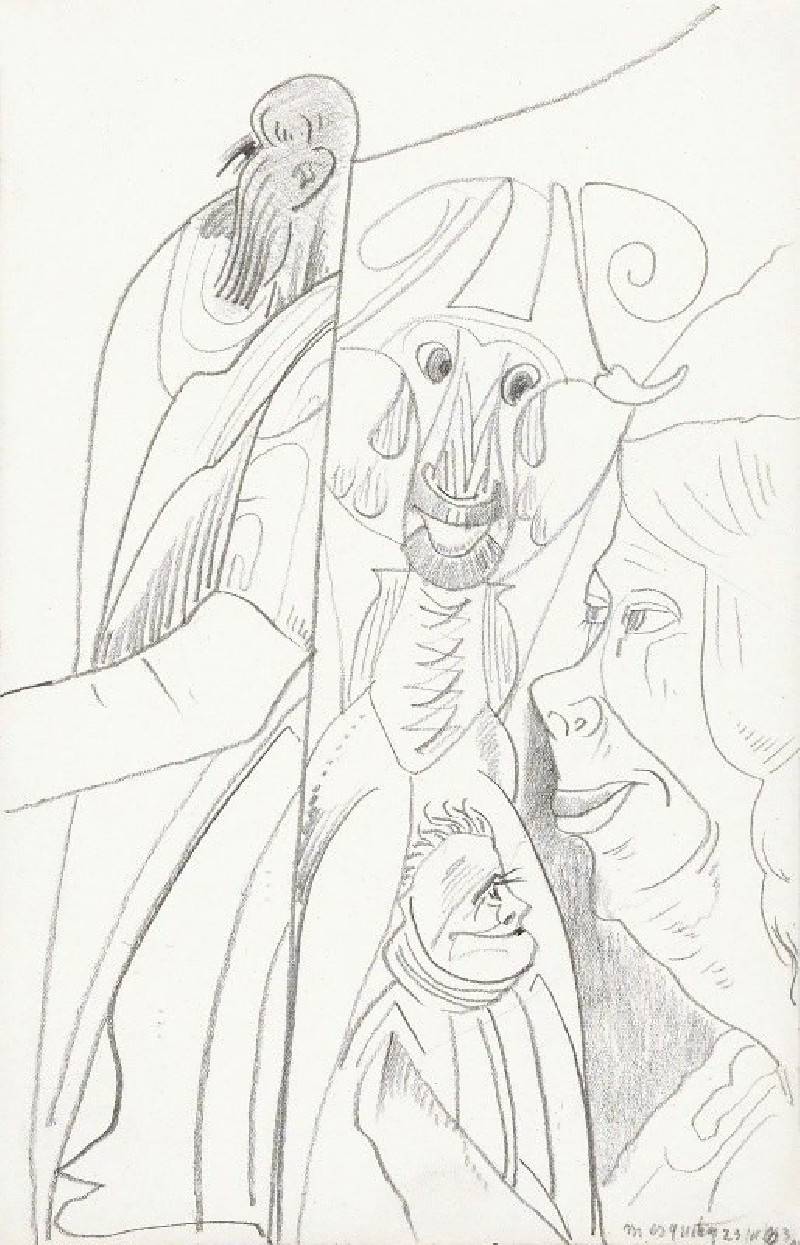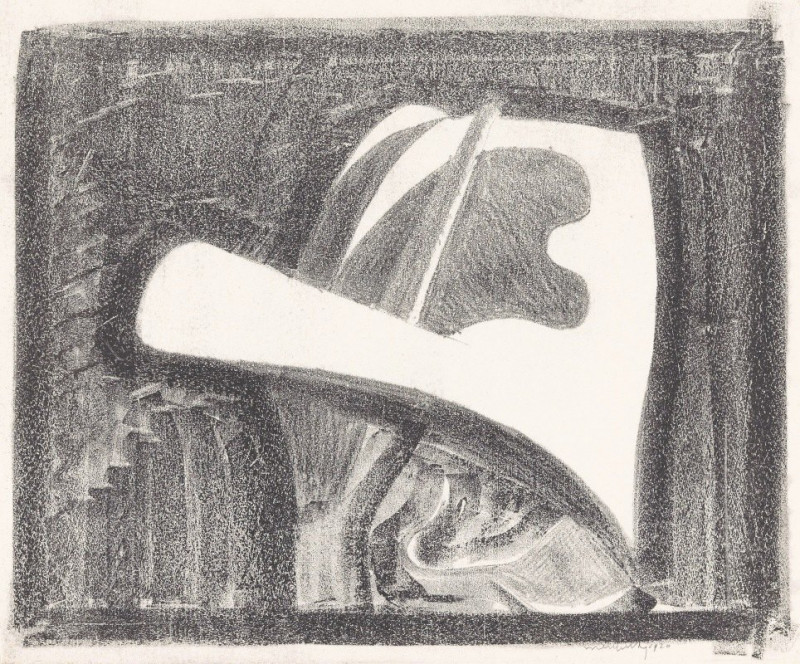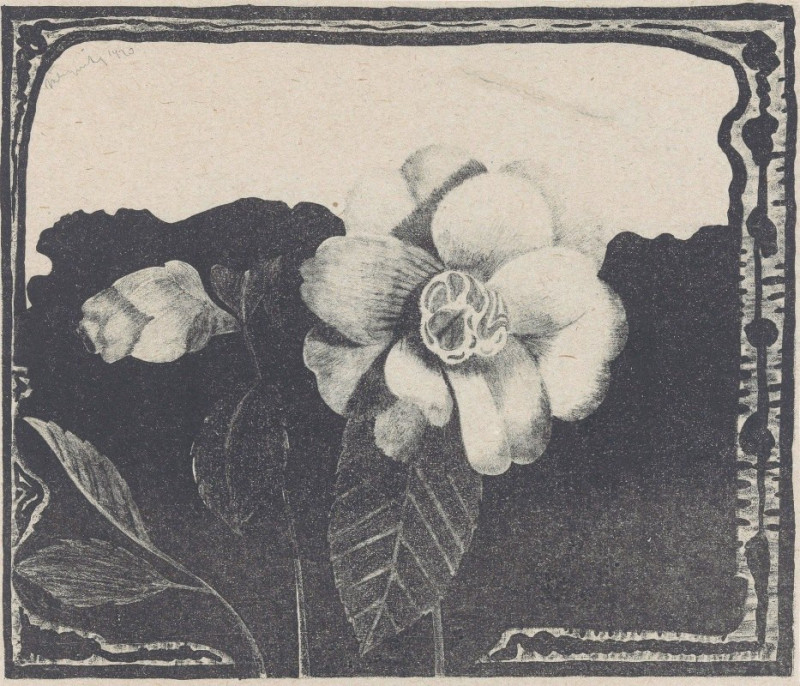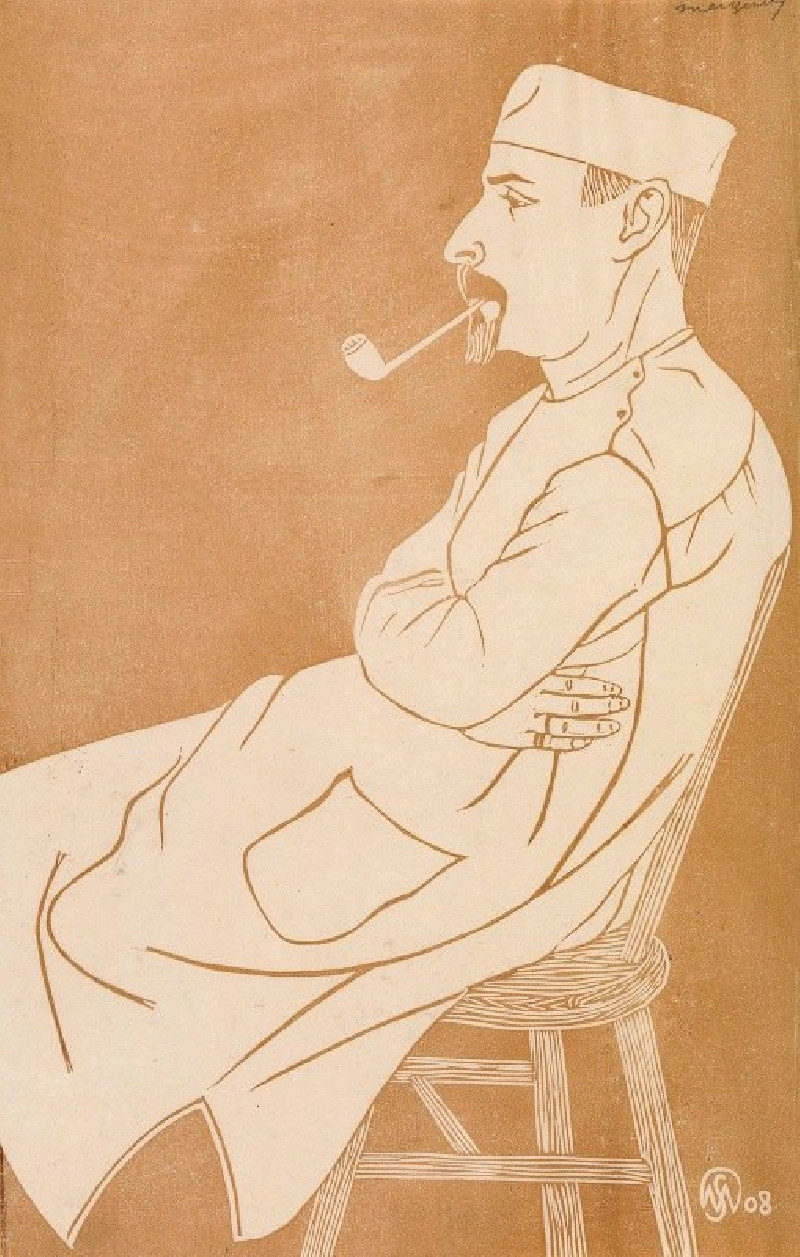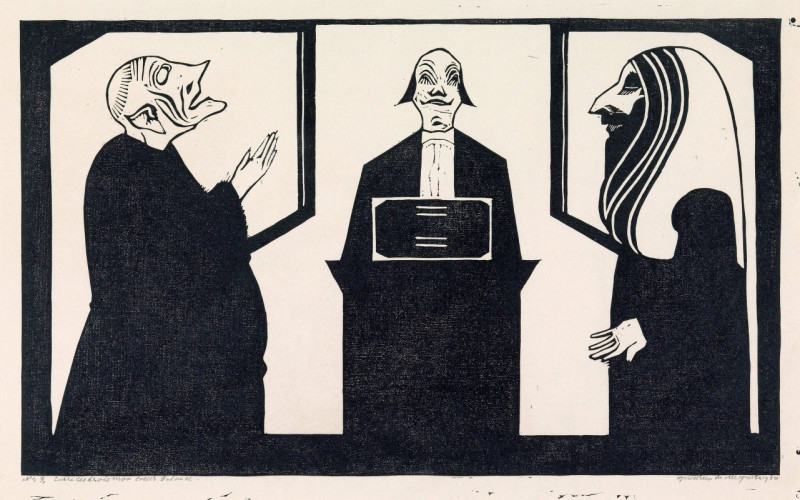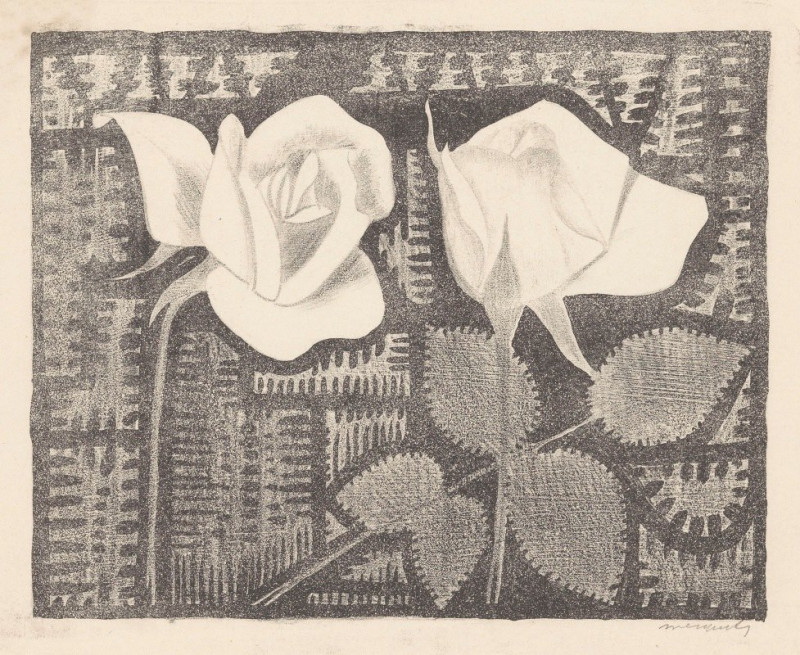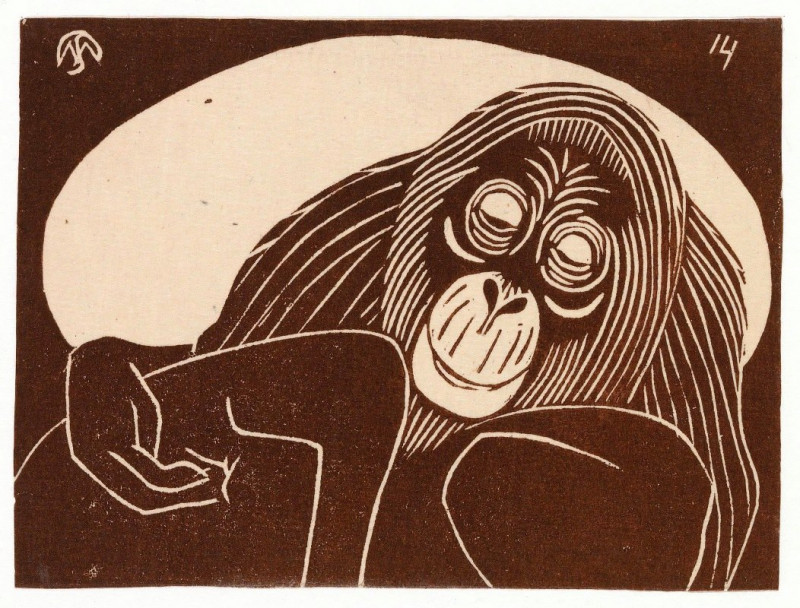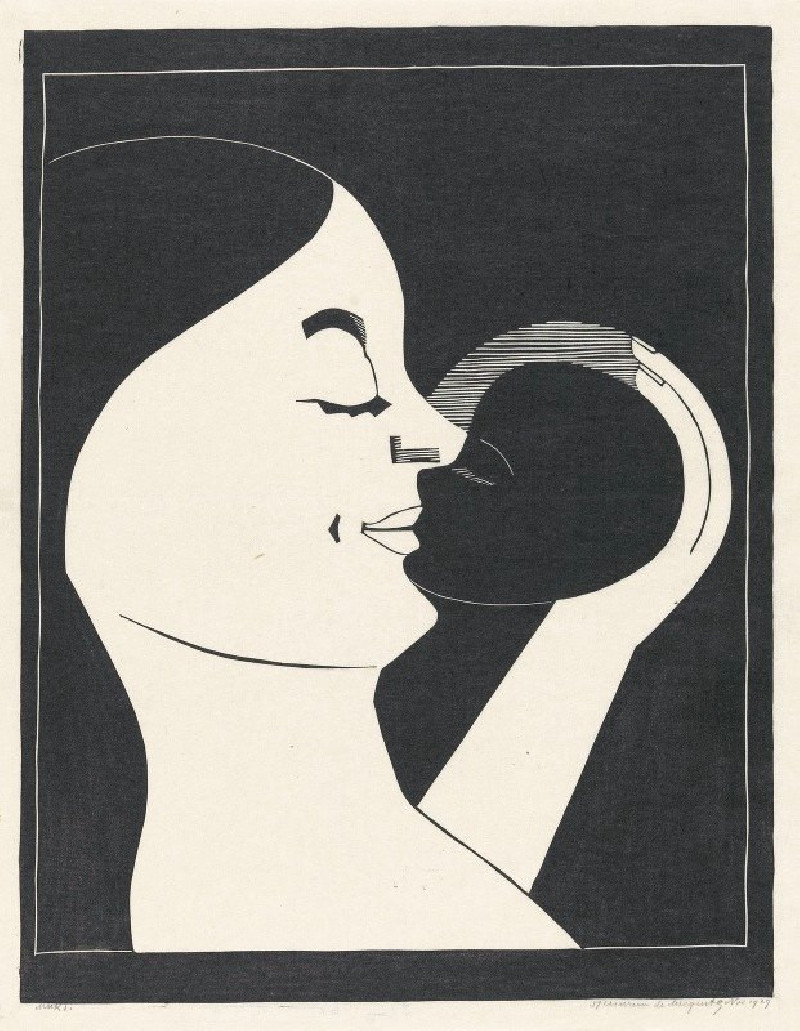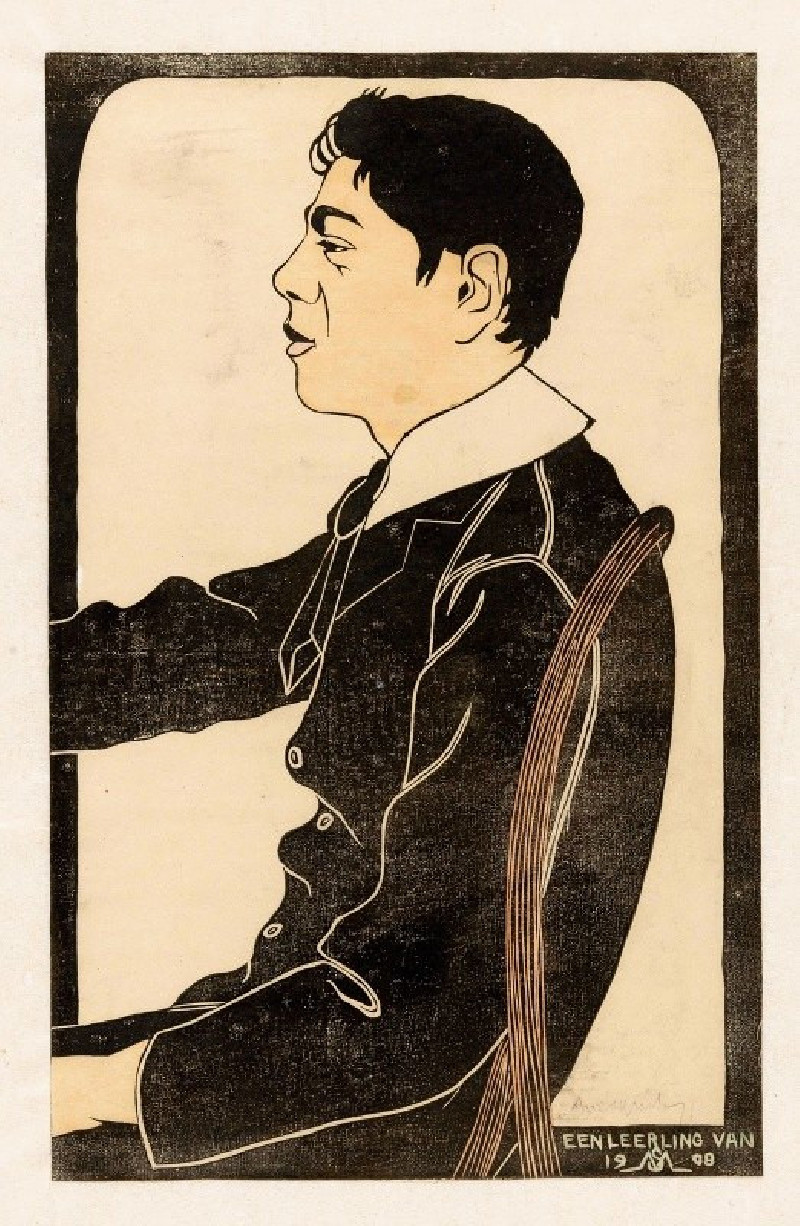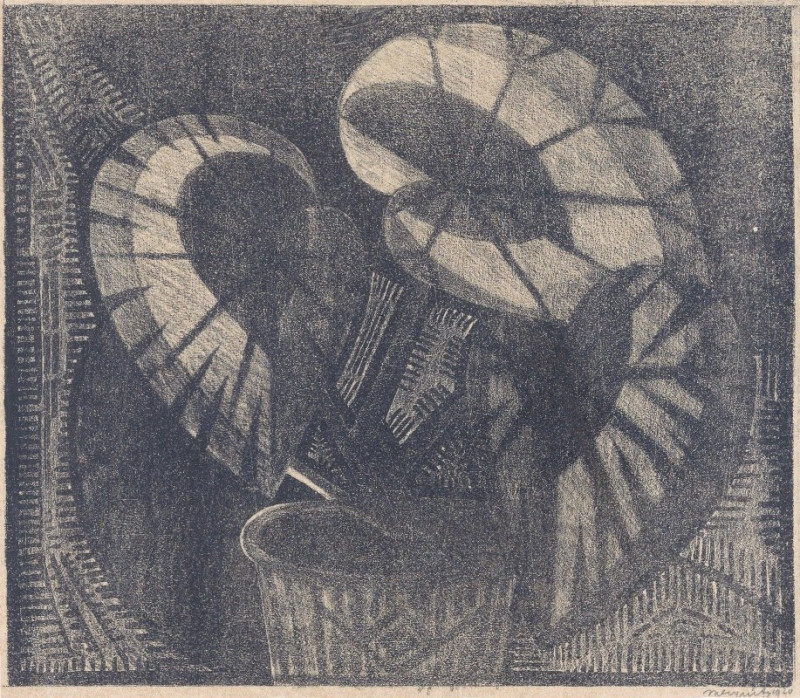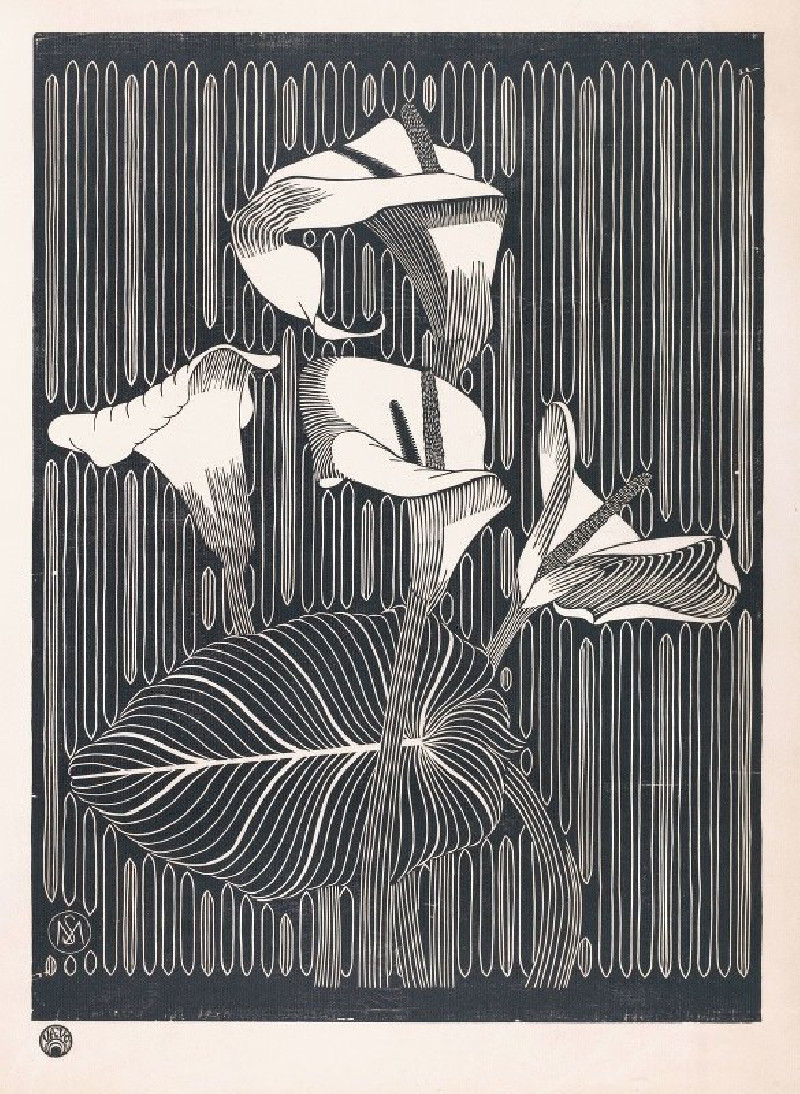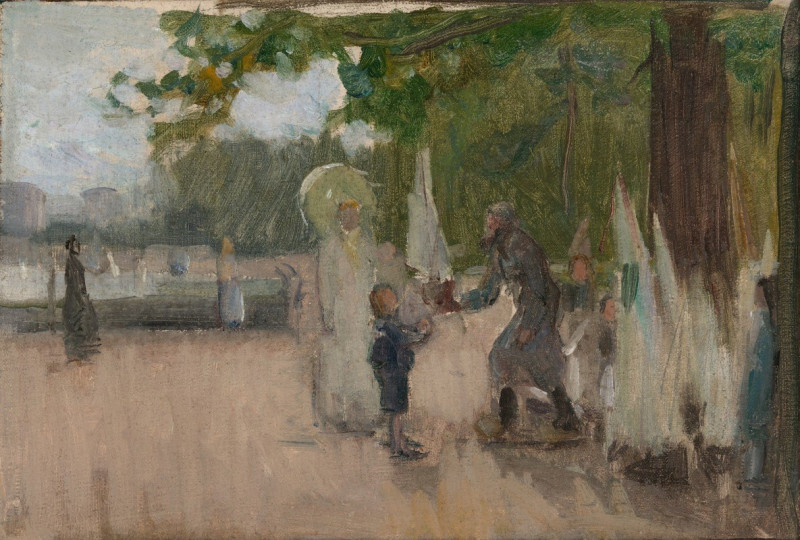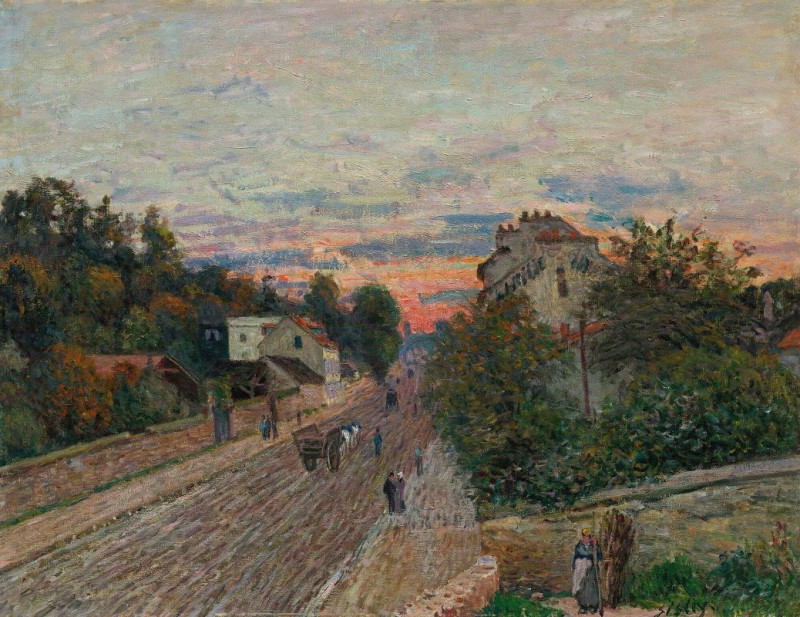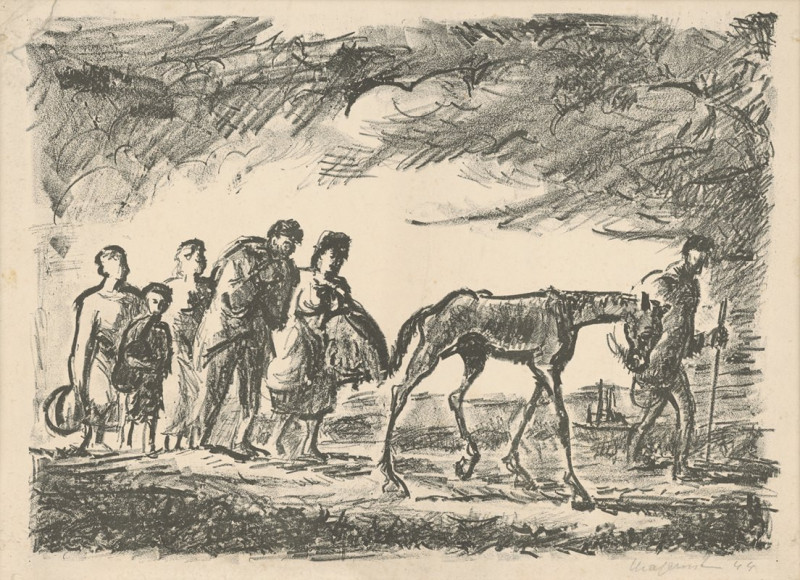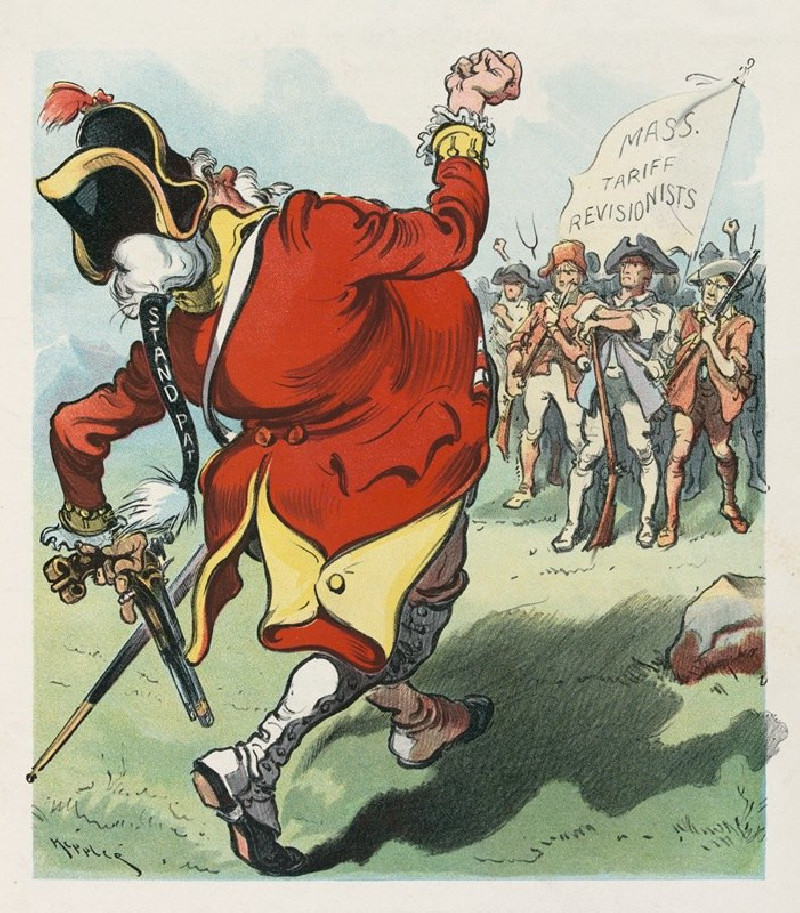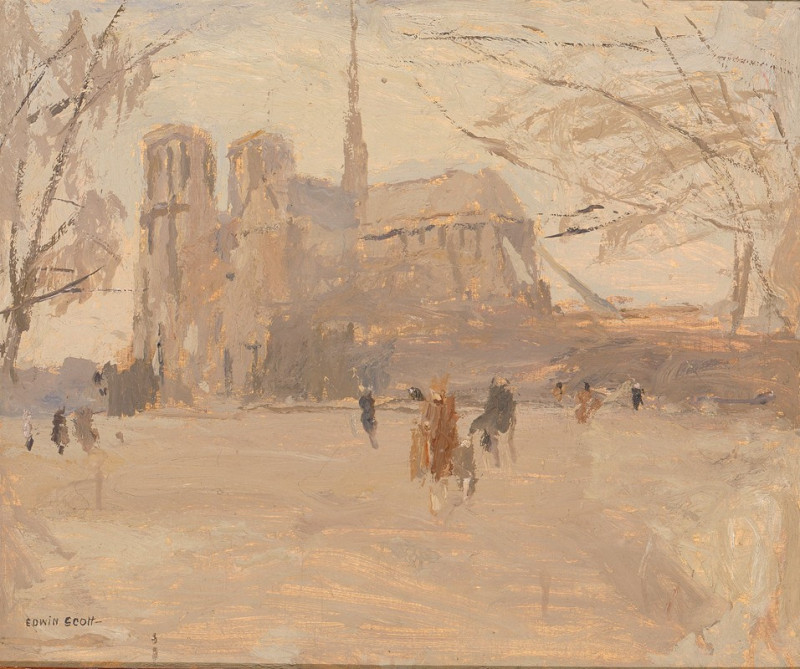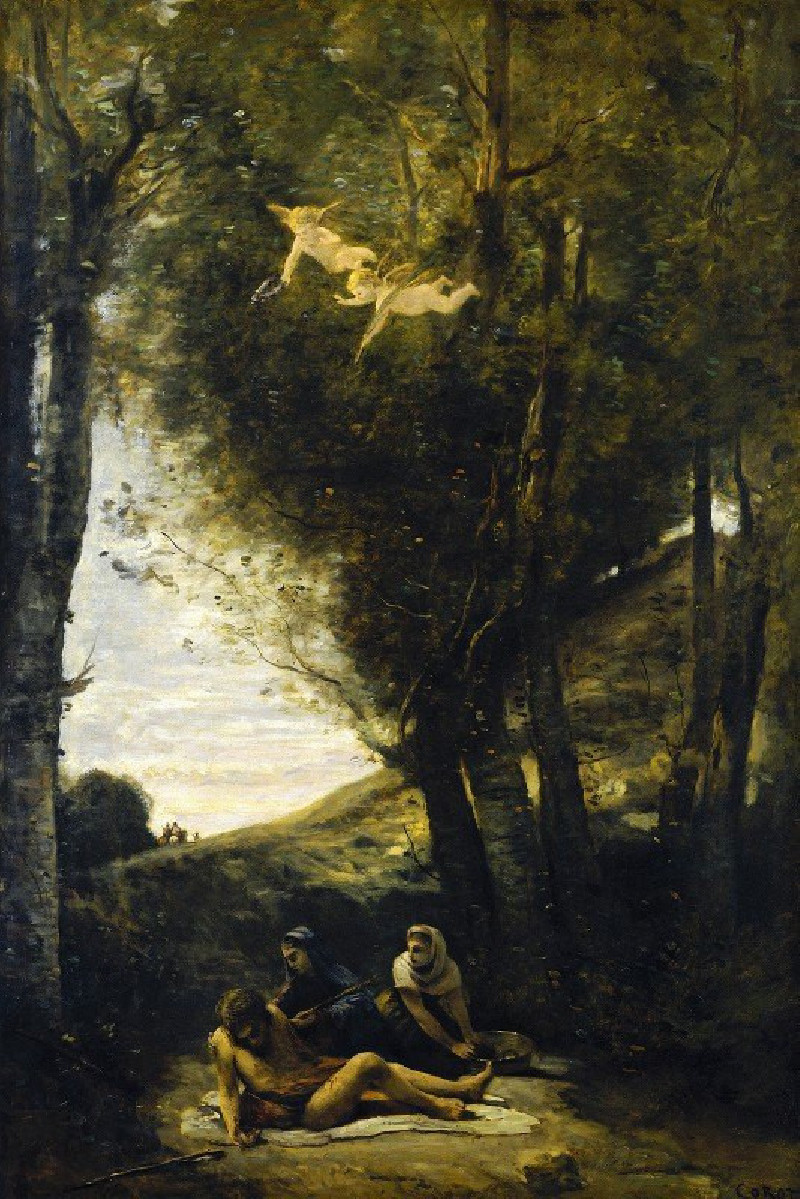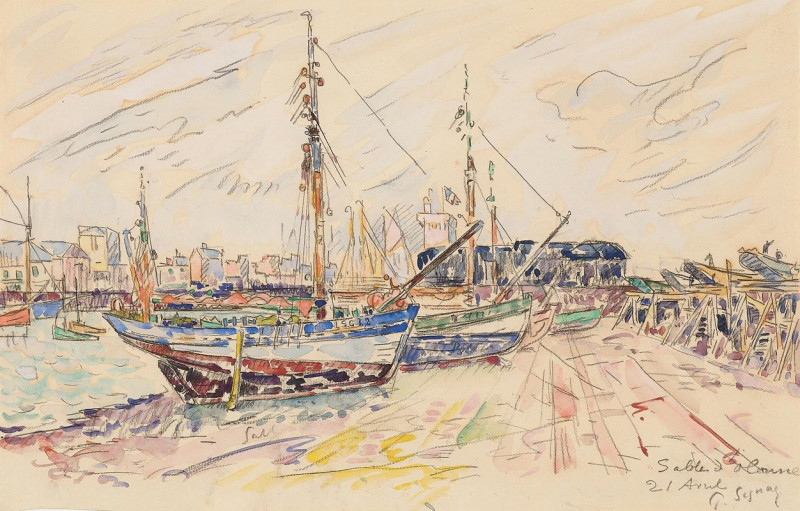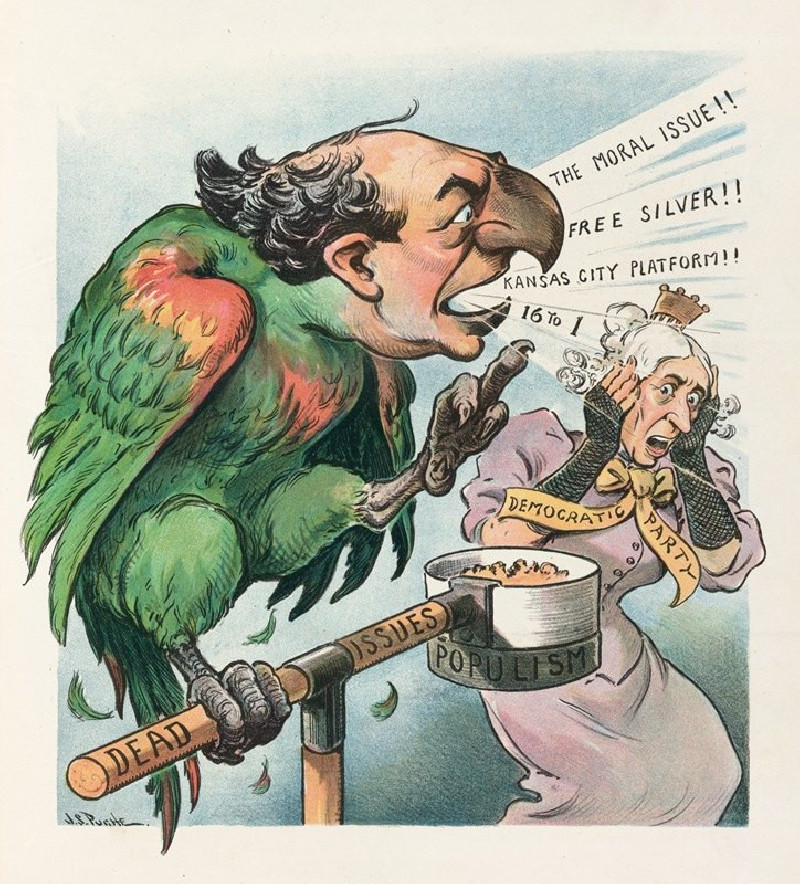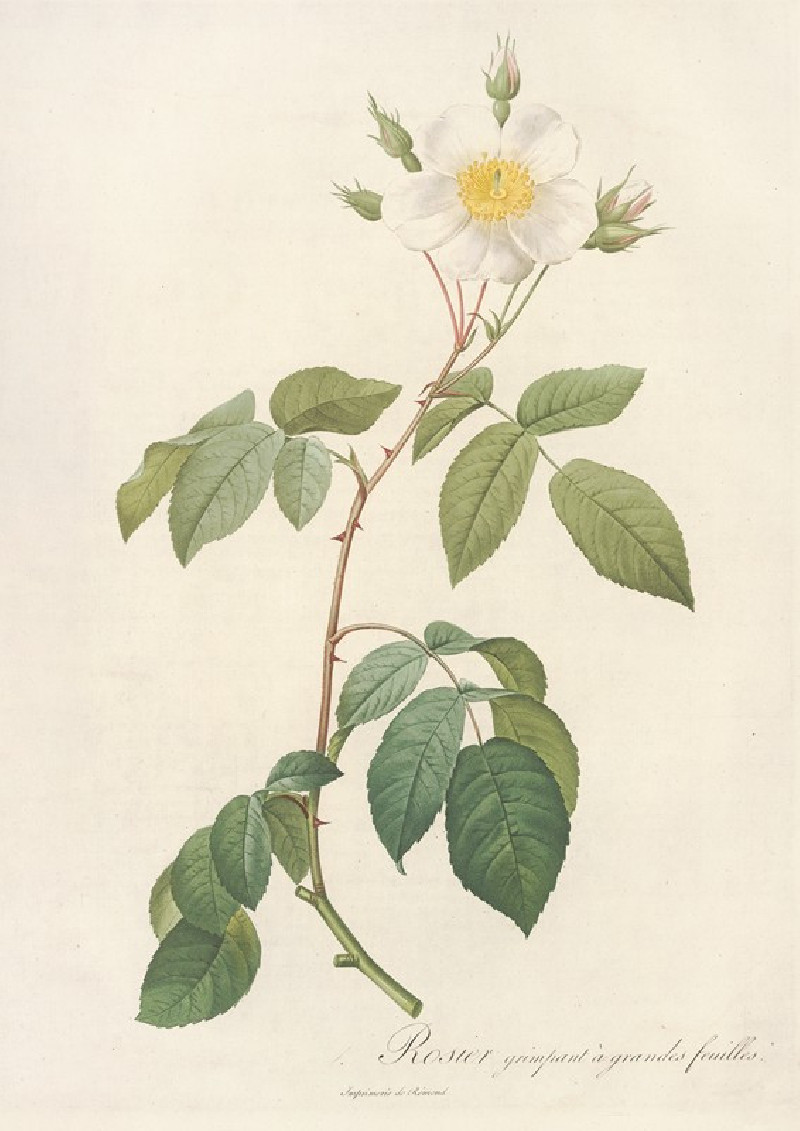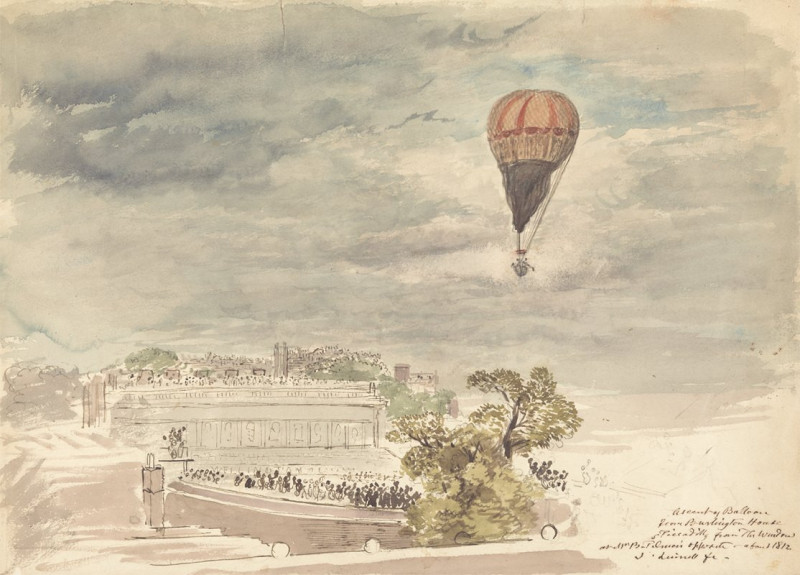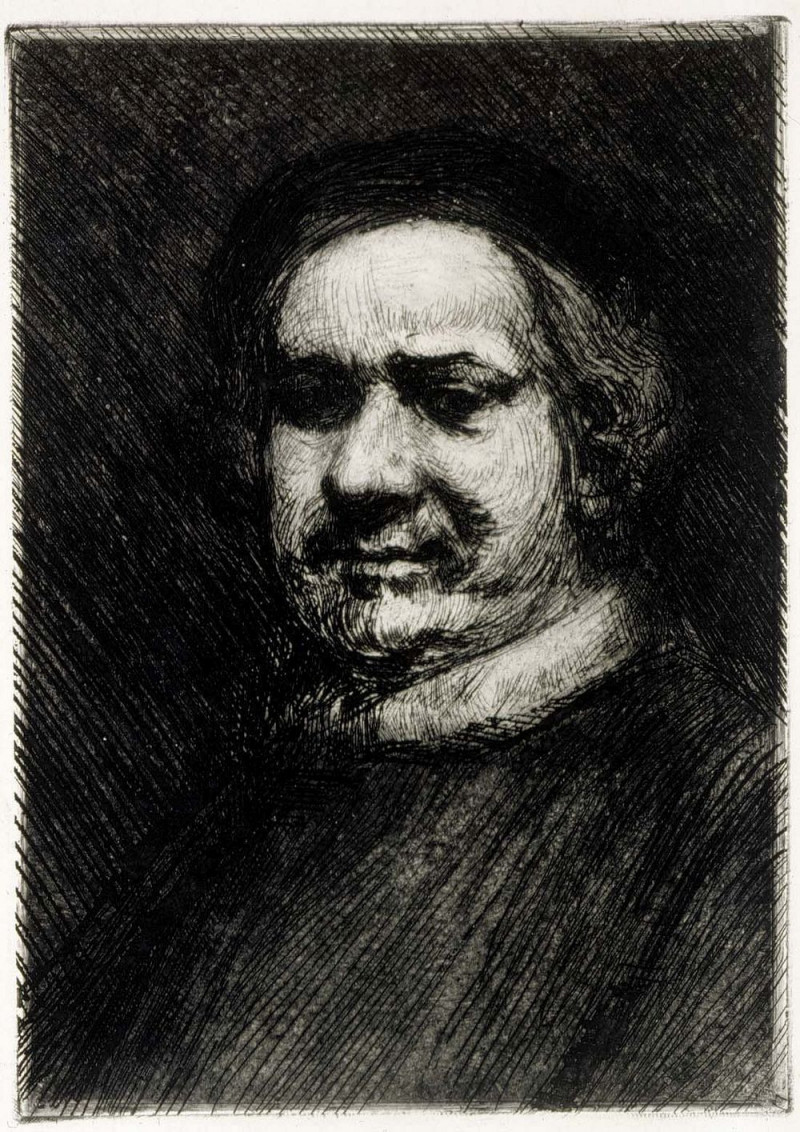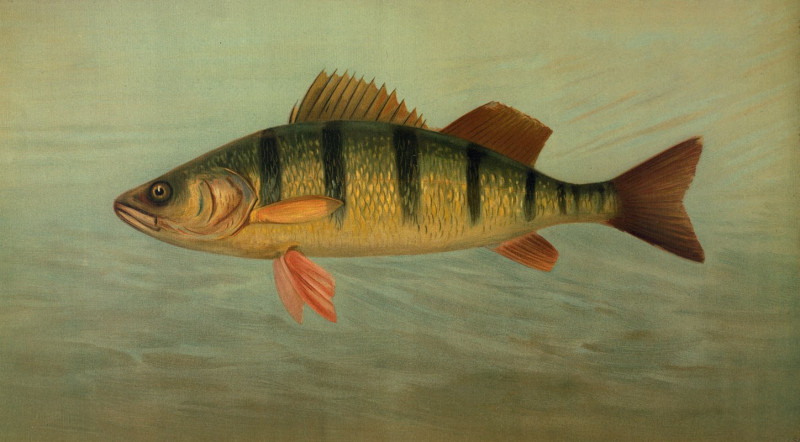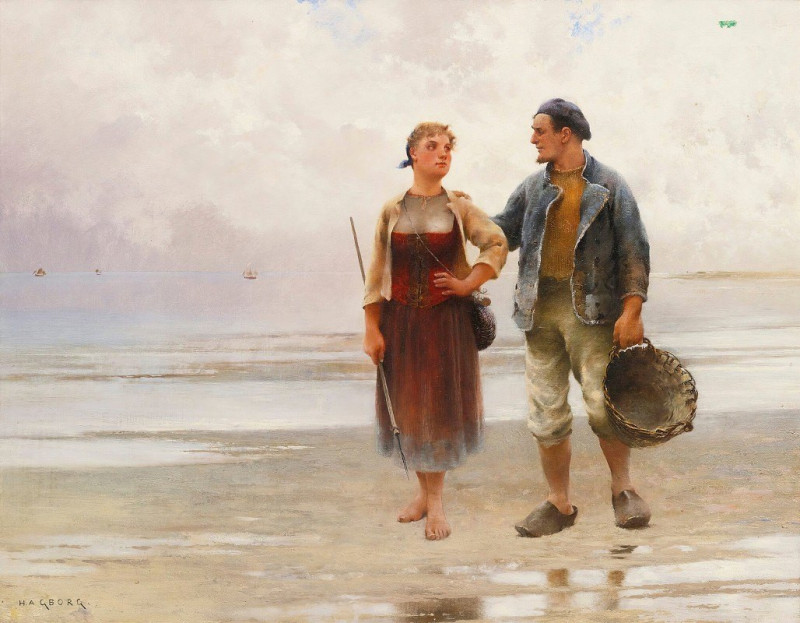Liggende bizon (1915)
Technique: Giclée quality print
Recommended by our customers
More about this artwork
Samuel Jessurun de Mesquita's woodcut piece, "Liggende bizon" (Lying Bison), created in 1915, offers a striking and evocative interpretation of a seemingly simple subject. This minimalist artwork portrays a bison in repose, the bold, stark contrast and the use of strong, dark lines accentuating its form against a lighter background comprising fine, linear details. De Mesquita masterfully captures the essence of this majestic creature.The bison itself is depicted in a restful, yet alert state, suggested by its partially opened eye. The distinct curvature of the animal's back and the gentle detailing around its eye and ear impart a sense of gentleness to the otherwise formidable creature. The powerful contour lines swirl around the bison's form, adding a dynamic texture to the composition."Liggende bizon" exemplifies de Mesquita's expertise in woodcut techniques and his ability to evoke emotion and narrative through minimalistic yet powerful strokes.
Delivery
Returns
Samuel Jessurun de Mesquita was a Dutch graphic artist active in the years before the Second World War. His pupils included graphic artist M. C. Escher (1898–1972). A Sephardic Jew, in his old age he was sent to Auschwitz by the Nazis, where he was gassed along with his wife. After the war, de Mesquita was largely forgotten.

